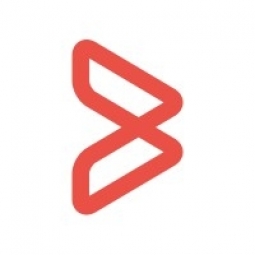BMC
Case Studies
Multinational Financial Services Corporation
Overview
 |
Multinational Financial Services CorporationBMC |
Application Infrastructure & Middleware - API Integration & Management Application Infrastructure & Middleware - Middleware, SDKs & Libraries | |
Finance & Insurance | |
Business Operation | |
Infrastructure Inspection Predictive Maintenance | |
Software Design & Engineering Services System Integration | |
Operational Impact
| The mainframe team now uses ISPW and Topaz Workbench for all development work, providing a boost in productivity. | |
| Almost no application teams use the TSO ISPF “green screen” today. | |
| Through ISPW, they use Xpediter in test levels. | |
Quantitative Benefit
| Significant engineering efficiencies gained in the mainframe application delivery processes. | |
| Enhanced agility in the mainframe application delivery processes. | |
| Removal of the mainframe as a delivery constraint. | |


